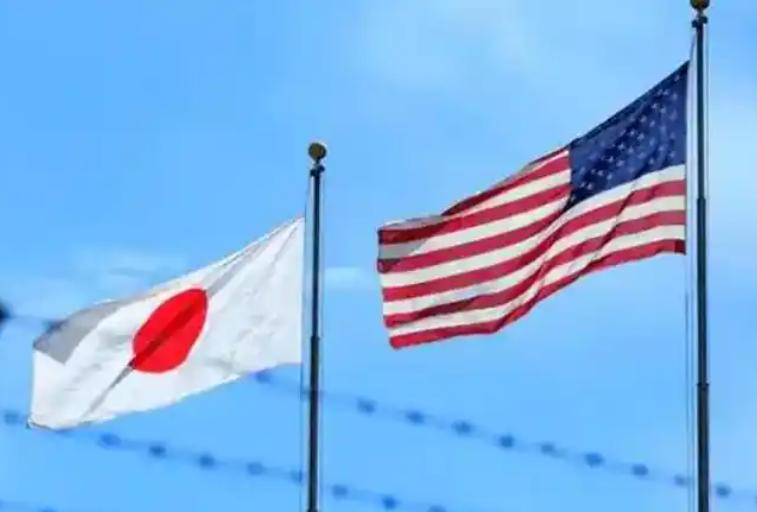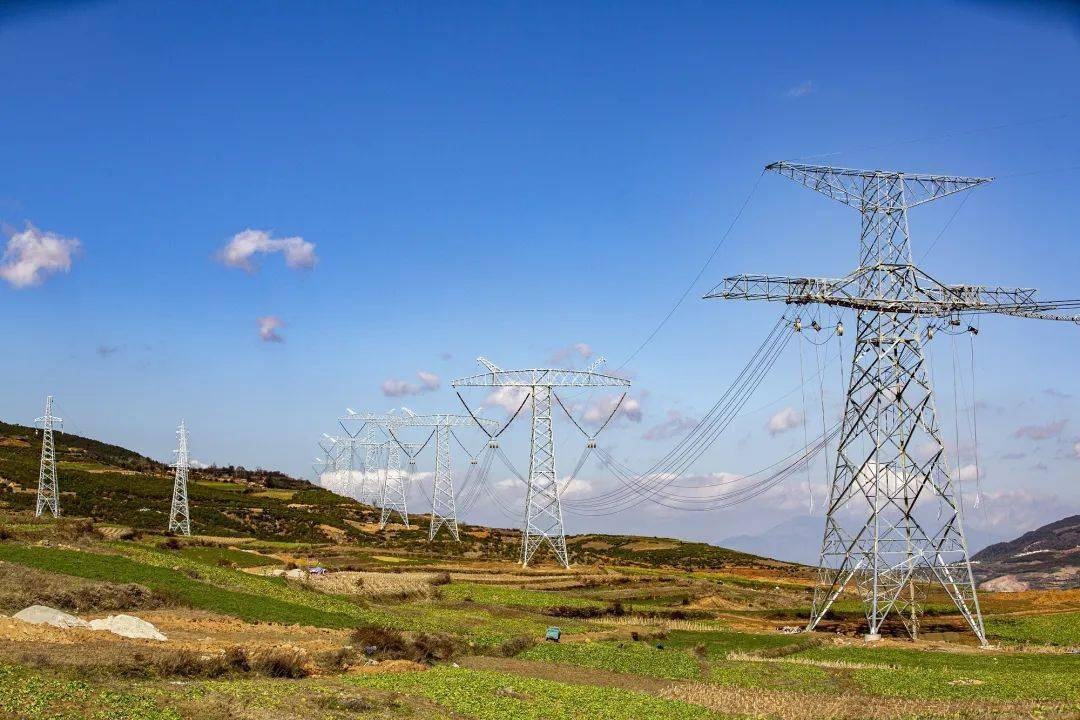
On July 22nd local time, US President Trump announced through social media that the US and Japan had reached a trade agreement: a 15% tariff on Japan and $550 billion in investment from Japan to the US. Trump stated that this might be the largest deal ever, as per his instructions, Japan will invest $550 billion in the US, and the US will receive 90% of the profits. This agreement will create hundreds of thousands of jobs. Trump also said that Japan will open its markets for trade, including automobiles, trucks, rice, and other agricultural and commodity products. Currently, more details about the preliminary agreement reached with Japan have not been released, especially regarding whether Japanese automobiles and their components will receive a 25% separate tariff exemption. According to the usual practice, as the terms are finalized, the White House often releases details only after a few days or even weeks.
The achievement of the US-Japan tariff agreement has complex and far-reaching impacts on multiple fields such as the economies, politics, and global trade patterns of both sides. Firstly, it has an impact on Japan's economy. Although the 15% tariff is lower than the 25% threat previously made, Japanese enterprises still need to bear the additional costs through price cuts, weakening their export competitiveness. Japan needs to open its sensitive markets for trade, reduce the tax rate on imported automotive products from the US, and possibly lose some domestic market share. The automotive industry's export volume and unit price to the US have continued to decline since March, with a decline in capacity utilization, indicating that consumers and sellers are unwilling to bear the cost of tariffs. The $550 billion investment commitment is close to Japan's trade surplus with the US over the past 8 years or its 17-year foreign exchange income. If the investment needs to be completed in a short period, Japan may be forced to borrow heavily from the US, further exacerbating economic burden. The US will receive 90% of the profits from the investment, while Japan will only receive 10%, essentially meaning that Japan is trading long-term gains for short-term tariff reductions. After the agreement is reached, the Japanese stock market reacts quickly, with the automotive sector experiencing a full-blown rally. Toyota's stock price soared by 8.8%, Honda's rose by 8.4%, Nissan's rose by 7.8%, driving the Nikkei 225 index up by 2.9%, reaching a new high in over a year. The yen fell sharply against the US dollar, but the long-term trend needs to be observed, including the expectations of the Bank of Japan for interest rate hikes and changes in US economic policies.
Secondly, it has an impact on the US economy. A 15% tariff rate can directly increase US fiscal revenue, but a tariff reduction may expand Japan's exports to the US. If Japan uses transfer of production lines or currency depreciation to hedge against the tariff impact, the improvement in the US trade deficit effect is questionable. The $550 billion investment commitment is regarded as a key to creating jobs, but the actual effect depends on the implementation of the investment. American enterprises will lead the project operation and receive approximately 90% of the profit distribution, further strengthening the control of US capital over Japanese investment. The agreement includes the relaxation of market access for Japanese agricultural products such as automobiles, trucks, and rice for US producers, providing more opportunities for US manufacturers. The US and Japan will establish a liquefied natural gas (LNG) joint venture in Alaska to support US energy export growth and provide a stable energy supply channel for Japan.
Thirdly, it has an impact on the global economy. The agreement bypasses the WTO multilateral negotiation mechanism and resolves trade disputes through bilateral agreements, which may weaken the authority of the global trade governance system. The US achieved the agreement through unilateral pressure, which may encourage other countries to take similar measures, intensifying the trend of global trade protectionism. The agreement may affect Japan's position in regional economic cooperation such as RCEP and CPTPP. Japan's commitment to opening the rice market and transferring semiconductor technology may weaken its bargaining power in regional trade negotiations, while also exacerbating the division of economic cooperation in the Asia-Pacific region. After the agreement was announced, the yen fell sharply against the US dollar, indicating market concerns about the economic prospects of Japan.
In conclusion, although the US-Japan tariff agreement and its accompanying investment commitments provided some "buffer space" for the economies of both countries in the short term, in the long run, they are pushing the global economy towards a crossroads of division and reconstruction. In the future, countries need to seek a balance between safeguarding their own interests and promoting multilateral cooperation, and avoid the policy trap of "favoring one's neighbors" from further eroding the foundation of global economic recovery.

报告显示,中国电力投资加速增长,预计2024年电网基建投资将超过5300亿元。
近日,市场迎来了一则引人注目的消息:工业巨头3M公司(MMM.N)在本周五公布了其季度业绩报告,随后股价飙升至近两年来的
最近,外媒给OpenAI算了笔账,今年可能要血亏50亿美元。
近日,巴黎奥运会和世界铁人三项协会联合发布了一项重大决定,宣布因塞纳河水质污染问题,原定于近期进行的奥运会铁人三项首次下
当地时间7月18日,法国巴黎发生了一起令人震惊的持刀袭警事件。
近期,一则重大消息在国际舞台上引起轩然大波,马来西亚宣布加入金砖国家。
调查发现,互联网和智能手机的使用干扰了韩国近五分之一学生的生活。